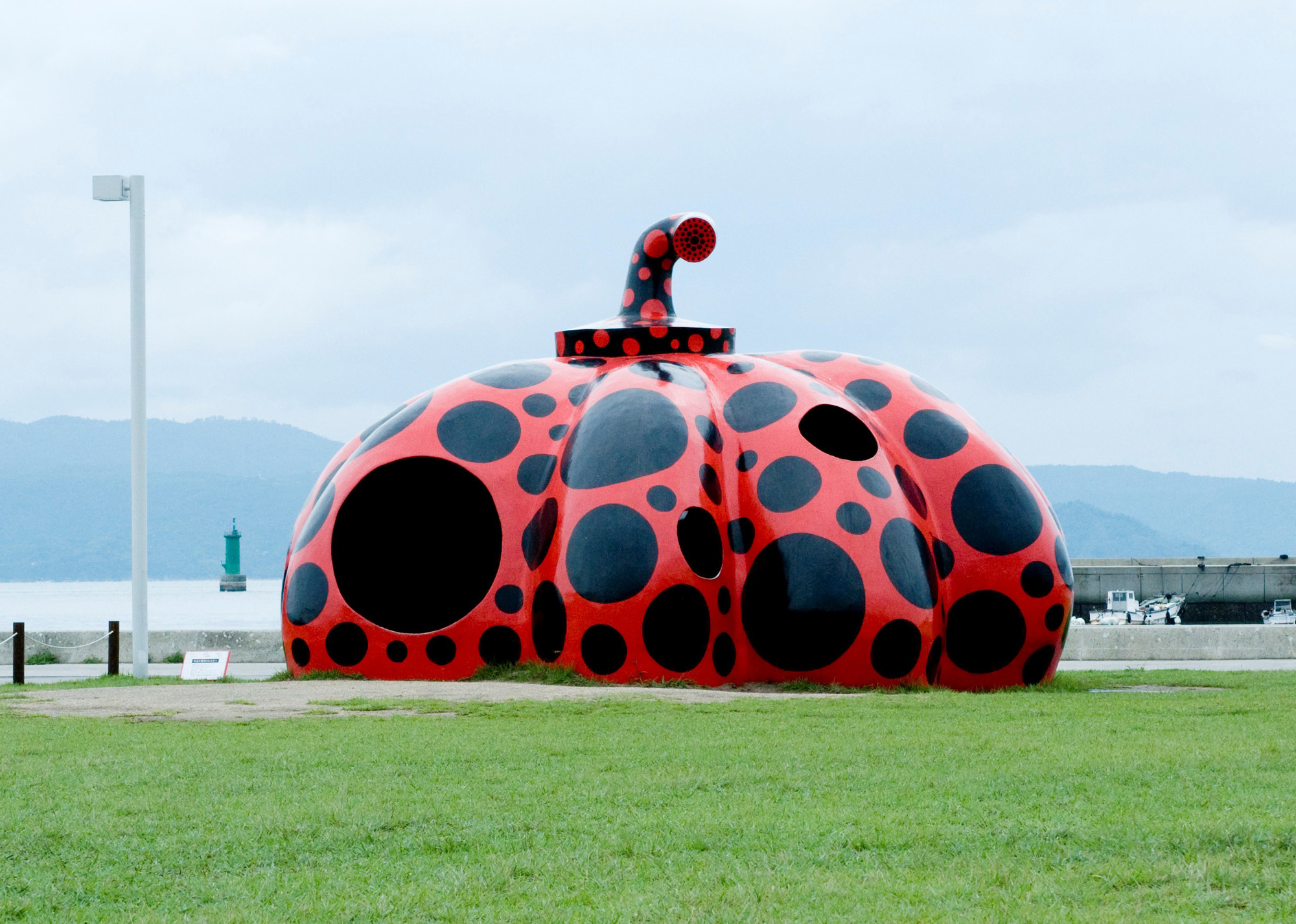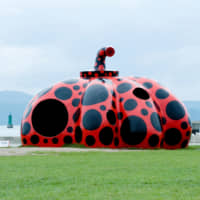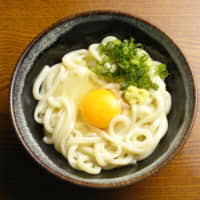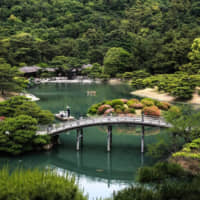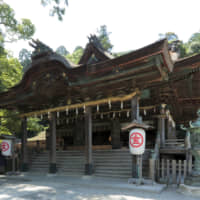Hospitality is woven into the culture of Kagawa Prefecture. For ages, locals have hosted religious devotees traversing the area on ohenro (pilgrimages).
The trails that cut through the prefecture lead to different fudasho — 88 temples across the greater island of Shikoku that offer amulets to the pilgrims who visit them.
The ohenro trails follow the footsteps of famed priest Kobo Daishi who founded Shingon Buddhism in Japan; similar to the Camino de Compostela (the Way of Saint James) in Europe, most avid believers walk the entire route. There are 23 fudasho in Kagawa Prefecture, including the 88th temple that marks the end or beginning of the journey, depending on the direction chosen.
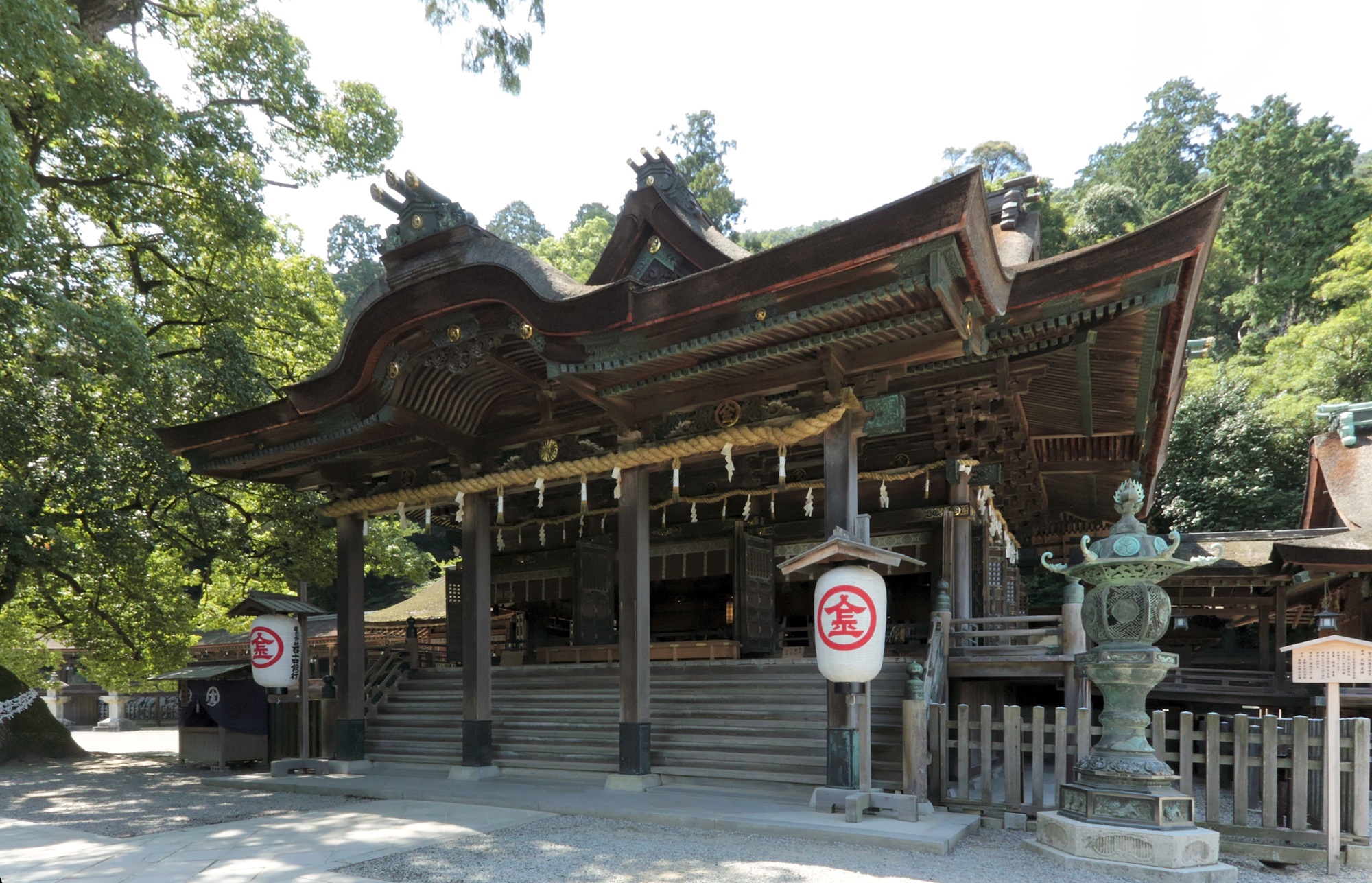
As a hotspot for religion, the Shinto Kotohira-gu Shrine, worshipped as a sea god, is also located in Kagawa. Referred to as Konpira-san by believers, the location is the head shrine that oversees other branches scattered throughout Japan.
The approach to the main building has some 785 stairs, with approximately 1,368 stairs following those that lead to a hidden shrine. Thankfully, although many brave the stairs, there are palanquin-bearers waiting to carry visitors up.
Kotohira-cho, where Kotohira-gu Shrine is located, is known to have the oldest theater in Japan, the Kanamaru-za, where kabuki performances are put on by actors from Tokyo and Osaka. On performance days, flags bearing actors’ names line the road to the theater for an extra bit of flair.
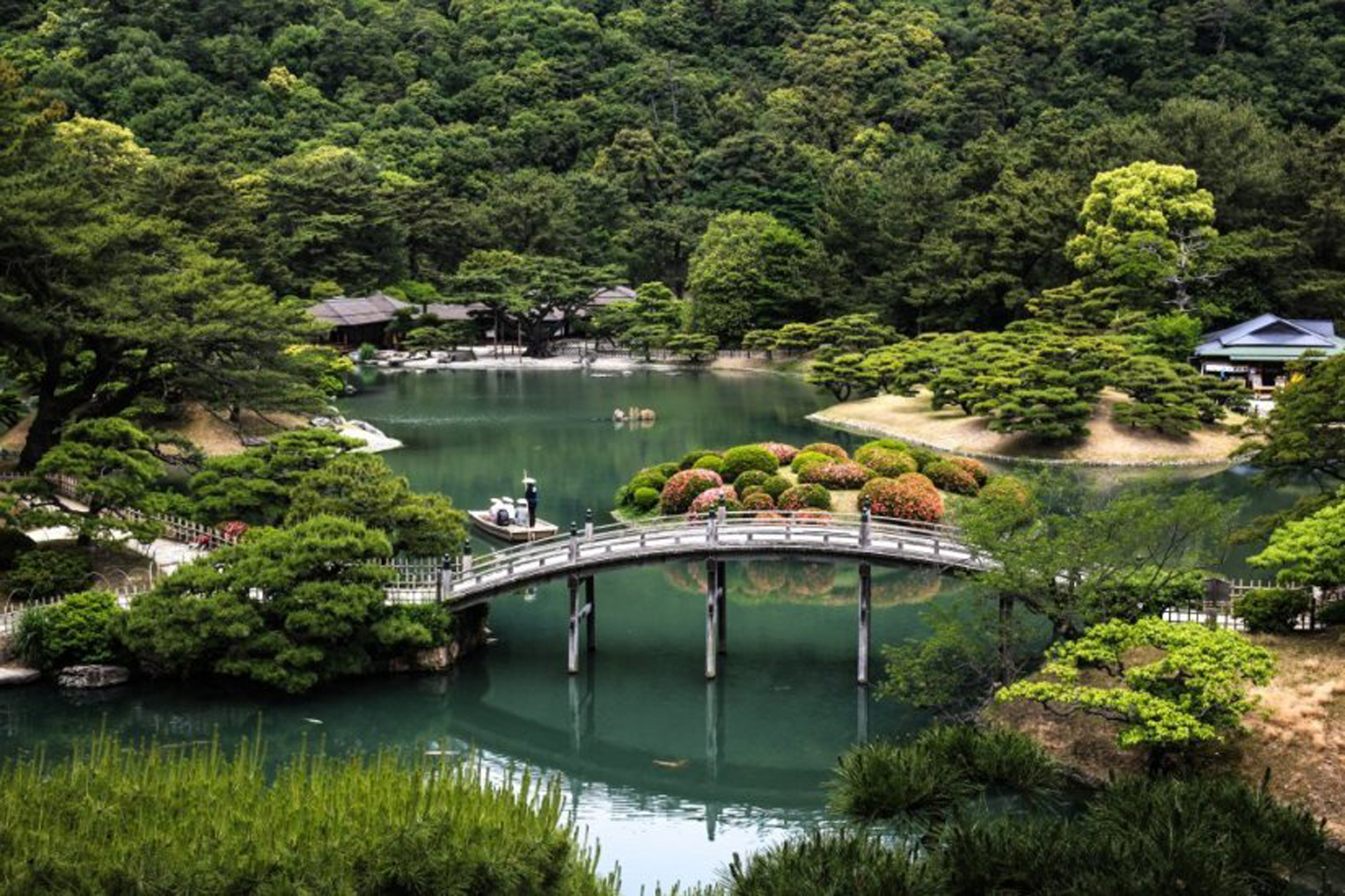
Ritsurin Garden, the largest traditional Japanese garden in the country at 185 acres, boasts a great variety of flowers and trees. In addition to paths, visitors can take in the garden’s beauty on a wasen (traditional Japanese boat) ride.
Kagawa is brimming with art. The islands of Naoshima and Teshima host world-famous art museums and art installations. Of note are the mostly underground Chichu Art Museum on Naoshima, and houses on Naoshima and Inujima that showcase the artists from the island’s work, as part of the “Art House Project.”
The Teshima Yokoo House, a traditional house renovated into a gallery, is also worth visiting. Most of the area’s museums were built to blend in with the scenery of the islands, something immediately apparent with the Teshima Art Museum.
Another unique space on Teshima is “Les Archives du Coeur” by Christian Boltanski, an artist whose work is often themed around life and death. There, visitors can listen to audio recordings of heartbeats Boltanski has been collecting from around the world since 2008. Other major museums in the area are the Kagawa Prefectural Higashiyama Kaii Setouchi Art Museum and the Isamu Noguchi Garden Museum Japan.
For visitors heading to the region this year, the Setouchi Triennale 2019 is taking place. Held once every three years, 12 islands and two ports of the Seto Inland Sea set up art installations in three sessions to cover spring, summer and fall.
In terms of literature, many older Japanese know Shodoshima — the second-largest island in Setouchi — as the main setting of Sakae Tsuboi’s 1952 bestseller, “Niju-shi no Hitomi” (“Twenty-four eyes”). The story centers around an elementary school teacher and her 12 students during the turbulent years before and following World War II.
Shodoshima and other small islands in the area are also the source of unique culinary traditions and products such as sōmen (thin wheat noodles) and olive oil. Shodoshima is also known for soy sauce and their old storehouses. The traditional method of making soy sauce has remained in this area, in an endeavor to hand down the traditional soy sauce used in Japanese cuisine to future generations.
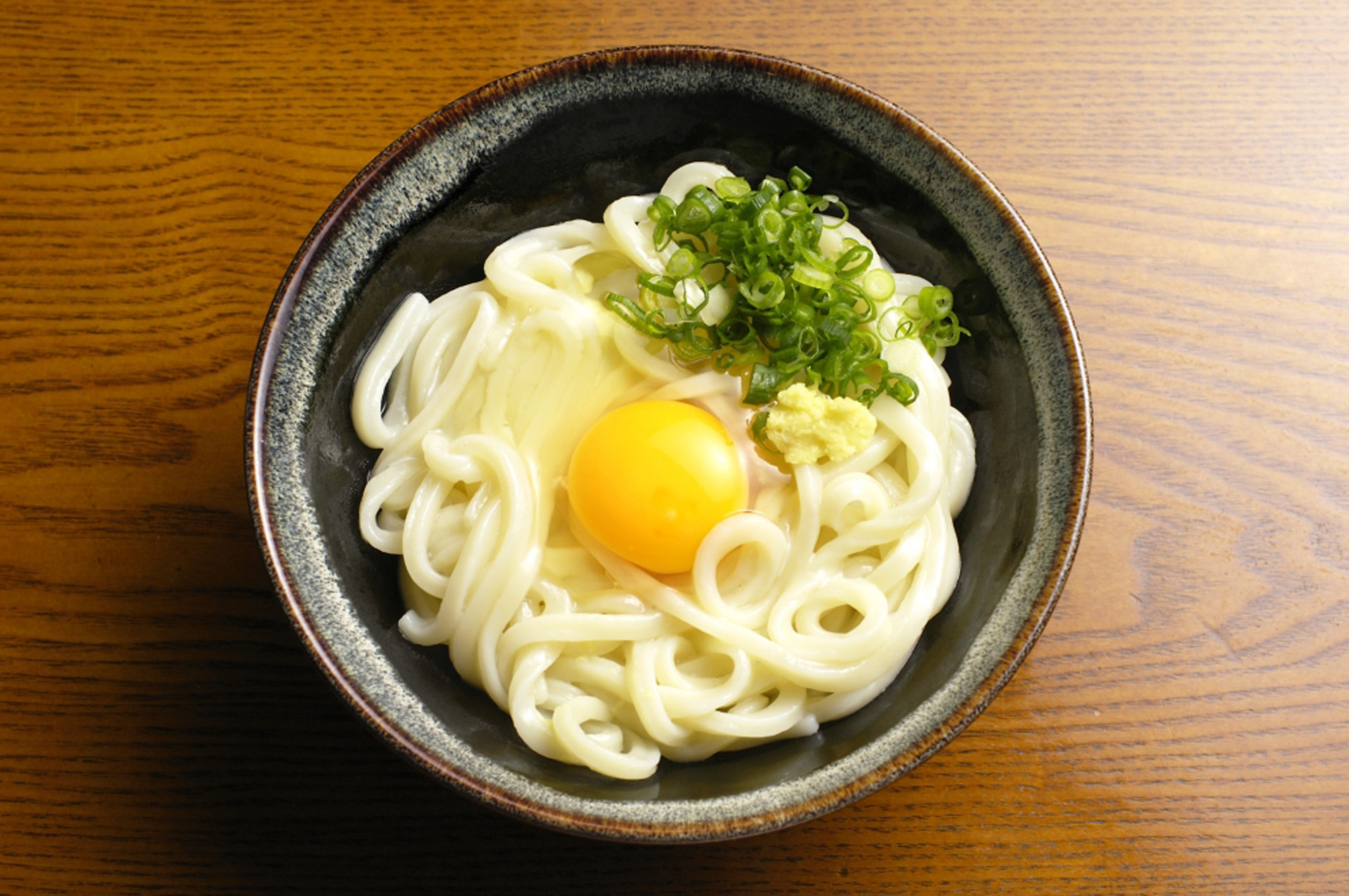
Lastly, visitors cannot forget to sample a Kagawa staple — Sanuki udon (thick white wheat noodles). Udon is a hearty meal, and Sanuki udon is known for its full, chewy texture. It is also very nutritious, and many Japanese eat udon when trying to recover from a cold, much like how Westerners seek out chicken soup.
There are approximately 650 noodle restaurants — most small businesses — in the prefecture alone that serve this regional specialty. It is so popular that there are taxi companies that host udon-themed tours, where drivers will take participants to each of their favorite restaurants.
At an udon restaurant, the owner is viewed as an artisan. Oftentimes, they make both the noodles and stock from scratch. The stock typically uses small fish and other ingredients to bring out umami with a hint of soy sauce for taste. The shops vary in how they serve customers; some are full-service, and others are self-service. Some shops even have a garden outside where diners go out and can choose their own toppings for themselves.
After receiving a fresh bowl of udon at the counter, customers add condiments and then pour hot stock from a pot to create their customized meal. The different services, along with different takes on udon, are something to enjoy and compare when hopping from restaurant to restaurant.
In Kagawa, a bowl of udon usually costs only ¥150, or only a bit more. For restaurant owners, it’s less about turning a profit and more about seeing the community happy and fed — in a sense, one could say udon is a way for owners to express goodwill and hospitality. This welcoming atmosphere paired with authentic cuisine makes digging into Sanuki udon a one-of-a-kind experience.
The prefecture’s impeccable hospitality, food culture and coexistence between ancient tradition and forward-looking appreciation of all mediums of art are testament to the countless adventures that await. As the locals would say, “Kagawa ni kimai” (“please come to Kagawa”).
Access to Takamatsu From Tokyo: 1 hour and 20 minutes by plane From Osaka: 1 hour and 50 minutes by train From Hiroshima: 1 hour and 50 minutes by train
URL: www.my-kagawa.jp/en/



